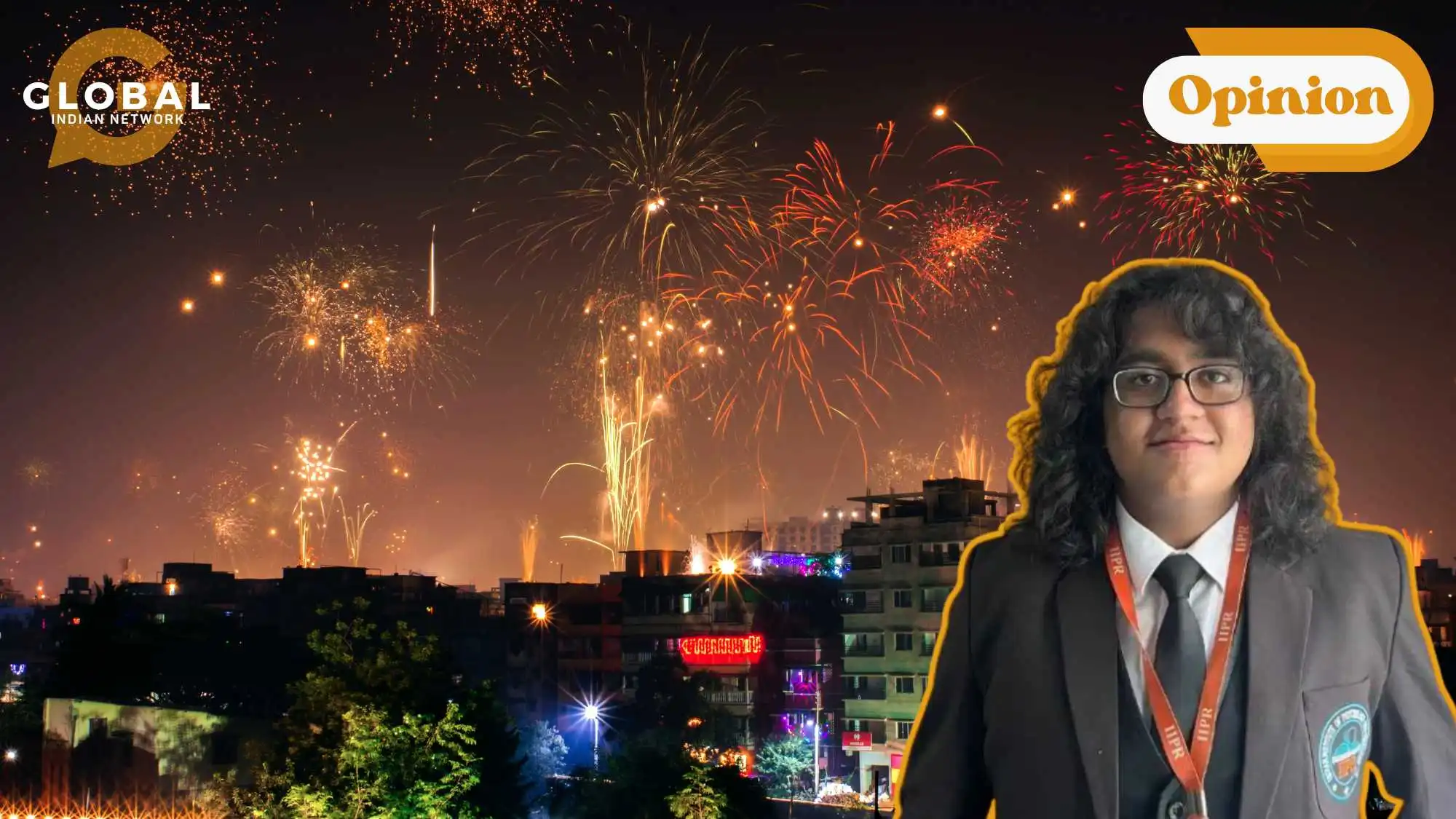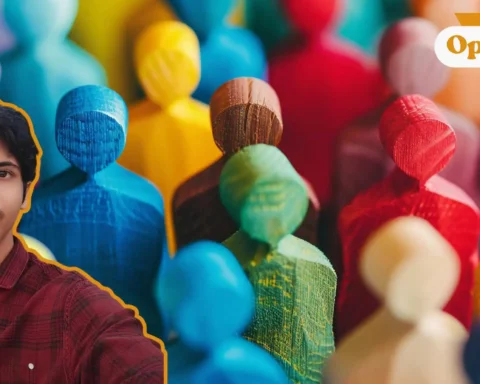The pollution problem in Delhi is perhaps the most infamously known fact about the city worldwide. However, every year this issue becomes ten-fold around North India’s biggest festival of the year- Diwali. As the lights and diyas come out to mark this festive occasion, unfortunately so do the firecrackers. For a city that is already plagued by the world’s worst reputation for being indubitably over-polluted, the festival becomes the bane that overruns India’s capital with harmful smog and hazardously polluted air.
Just last weekend, as I touched down in Delhi just a couple of days after Diwali, I couldn’t help but notice that the city was simply not visible from my aeroplane window until the wheels had almost hit the runway. Swarmed with fog and smoke, the threat became more apparent to me as I exited the terminal, only to be hit in the face with an everpresent barrier of dust and air that was too heavy to inhale. As the flame-like sensation entered my lungs, I wondered how people tolerated this every year. I started to think about how much this pollution affected the populace and did some digging.

Well, as it turns out, Delhi’s AQI was a whopping EIGHT times than the safe limit prescribed by the WHO.
The health implications of these results are honestly quite alarming are alarming and far-reaching. According to the Centre for Science and Environment (CSE), the toxic air in Delhi is linked to severe respiratory ailments, cardiovascular diseases, and even cancer. The most affected by these conditions are the children and elderly, with recent reports indicating a rise in asthma and other respiratory conditions among Delhi’s younger population.
In fact, a study by the Air Quality Life Index at the University of Chicago suggests that the average life expectancy in Delhi is already being reduced by up to 10 years due to current pollution levels. This can be attributed to the fine particulate matter (PM2.5) present in the air that penetrates deep into the lungs and bloodstream, causing long-term health problems.
Not just health but pollution in Delhi also has a significant impact on economic activities. The increased incidence of illness results in higher healthcare costs and a significant loss of productivity. According to a report by the World Bank, air pollution costs India approximately US$28.8 billion. This economic burden is particularly pronounced in Delhi, where the health infrastructure is often overwhelmed during peak pollution periods.

Moreover, the pollution problem has a detrimental effect on Delhi’s social fabric. The pervasive smog deters outdoor activities, impacting the quality of life and mental well-being. Schools are often forced to shut down during high pollution days, disrupting the education of children. The pollution also discourages foreign investment and tourism, with visitors preferring cleaner, safer destinations.
The environmental impact of Delhi’s air pollution is equally concerning. The high levels of pollutants, including PM2.5, PM10, nitrogen dioxide (NO2), and sulfur dioxide (SO2), contribute to the degradation of the city’s natural environment. These pollutants not only affect human health but also harm biodiversity, damaging flora and fauna in and around Delhi. The Yamuna River, one of the major rivers flowing through the city, suffers from severe pollution, further exacerbating the environmental crisis.
Delhi’s persistent pollution issues tarnish India’s image on the global stage. International media often highlight the city’s air quality problems, drawing attention to broader environmental and governance challenges. This negative perception impacts India’s reputation as an emerging global power and its ability to attract international partnerships and investments. Successful mitigation of Delhi’s pollution crisis could enhance India’s standing as a leader in environmental sustainability, while continued inaction could further damage its global image.
The Indian government has implemented various measures to combat Delhi’s pollution, but the effectiveness of these efforts has been limited. For instance, while construction activities may be halted during high pollution periods, the underlying causes of pollution, such as vehicular emissions and industrial activities, continue unabated. Stricter enforcement of existing regulations, investment in cleaner technologies, and greater public awareness and participation are essential steps toward a cleaner Delhi.
Delhi’s pollution crisis is a complex issue that requires urgent and sustained action. The detrimental impacts of pollution, in terms of health-related issues and the economy, are significant. While authorities use anti-smog guns, water sprinklers and smog towers to combat this pervasive winter smog blanket that envelops the city every year, there is a realisation that this is ultimately not the long-term solution. Even the Graded Response Action Plan (GRAP), is perhaps only short-term at best. Unfortunately for its inhabitants, Delhi’s pollution problem is not going away anytime soon.

Let us know your thoughts in the comments below. If you have burning thoughts or opinions to express, please feel free to reach out to us at larra@globalindiannetwork.com.









